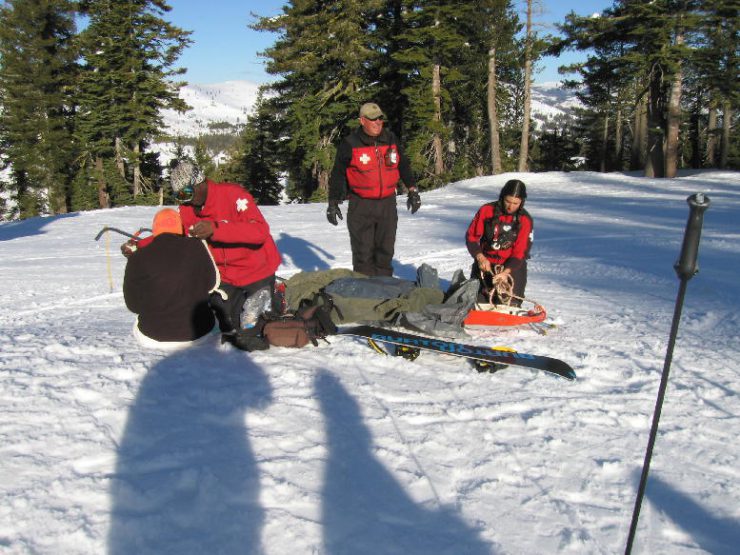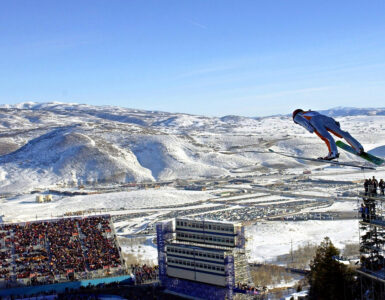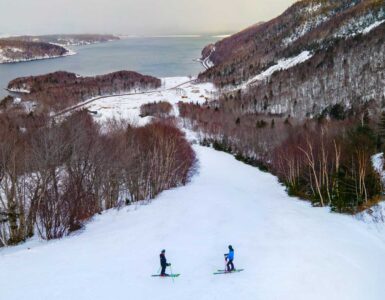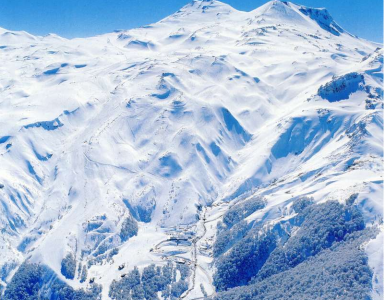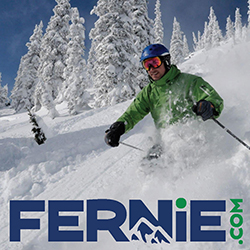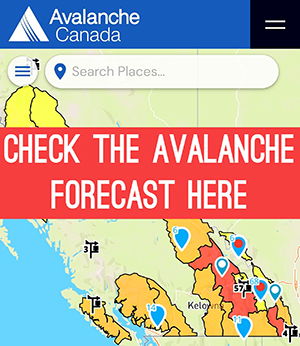Spectacular ski accidents -like the one that used to play during the opening credits of ABC’s Wide World of Sports -are rare. In reality, most injuries on the slopes are the result of a run-of-the-mill fall rather than a snow-spraying tumble down the mountain.
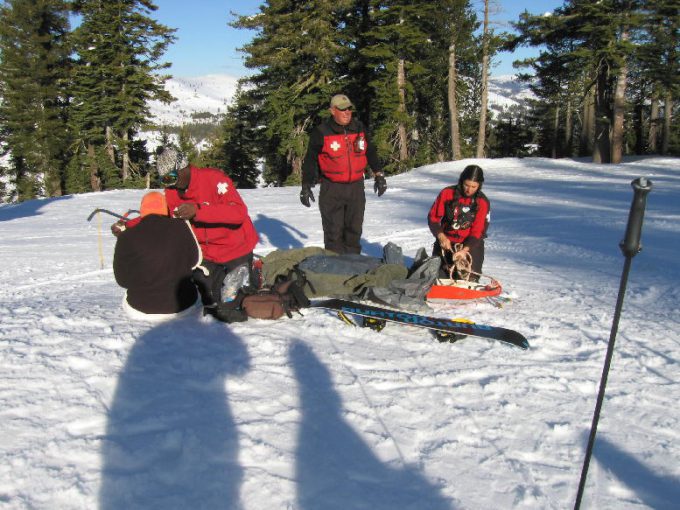
Ski injuries began declining in the 1970s and early ’80s when ski brakes and quick-release bindings were adopted as the industry standard. Since then, shorter skis and the use of helmets have further reduced the number of injuries, making a day on the slopes much safer than it was 30 years ago.
Yet despite the relatively low risk of getting hurt, which experts say is somewhere around 0.2 to 0.4 per cent (for every 1,000 people on the slopes, two to four will be injured severely enough to receive medical attention), skiers and snowboarders still suffer too many preventable sprains, strains and fractures. Worth noting, however, is that skiers and riders exhibit very different patterns of injury.
Skiers tend to suffer lower-body injuries, in particular to the knee, which is subjected to excessive force during a fall. Snowboarders, on the other hand, are more likely to sustain injuries to the upper body.
“With both feet fixed on the board, the arm has to absorb the full force of the fall,” said Claude Goulet, an associate professor in the department of physical education at Laval University who has published numerous studies on skiing and snowboarding injuries.
The use of wrist guards can reduce the risk of upper-body injury among snowboarders by 35 to 50 per cent, yet as little as 10 per cent of riders use them on a regular basis. Snowboarders, it seems, haven’t been as quick as skiers to adopt changes to equipment, which is part of the reason they have twice the injury rate of skiers. The good news, however, is that their injuries tend to be less serious.
That doesn’t mean snowboarders shouldn’t be more careful.
Goulet, who is a member of the Canadian Institute for Health Research, says the risk of severe injury increases when snowboarders leave the hills for snow parks, where boarders attempt tricks and jumps. A review of the statistics has prompted many of Canada’s ski resorts to modify their parks and remove jumps and other design elements that promote high-risk behaviour. Quebec has gone so far as to create a guide outlining the safe design and maintenance of snow parks, which is now being used by most ski-centre operators.
Excess speed is an injury risk for both sports, as is overestimating your skill level and using poorly maintained equipment. Injury experts continually preach the benefits of skiing on terrain suitable to your level of expertise and maintaining a speed that allows you to remain in control.
“The best preventive measure is to follow the (skiers’ and boarders’) code of conduct,” said Goulet. (See box at right.)
Expert skiers are less likely to get injured when compared with novices, but when they do suffer an injury, it tends to be more severe.
“They ski faster, which makes for greater transfer of energy -especially when they hit a solid object,” said Goulet.
Unlike novices, who sustain the majority of their injuries to the knee, expert skiers are more likely to hurt their neck and head. Goulet says wearing a helmet is the best way to protect the head. A Canadian Medical Association Journal article reported that helmets reduce the risk of head injury among skiers and snowboarders by 35 per cent.
Yet despite the fact that skiing and boarding safety is improving, Goulet says there are still too many knee injuries among skiers.
“We still have a problem with equipment,” he said. “The skis have advanced in design, but the bindings still need work.”
You don’t have to look farther than our Canadian Alpine Ski team to prove his point. The injuries to Manuel Osborne-Paradis, who broke his leg and tore his anterior cruciate ligament (ACL) late last month, bring the number of national team members out due to lower-leg injuries to eight.
“It’s up to the biomechanics to help design a better binding,” said Goulet, who emphasizes that it’s too easy to blame skiers when they get injured. “It’s time to take a step forward and take a look at the equipment.”
Source: http://www.montrealgazette.com/


